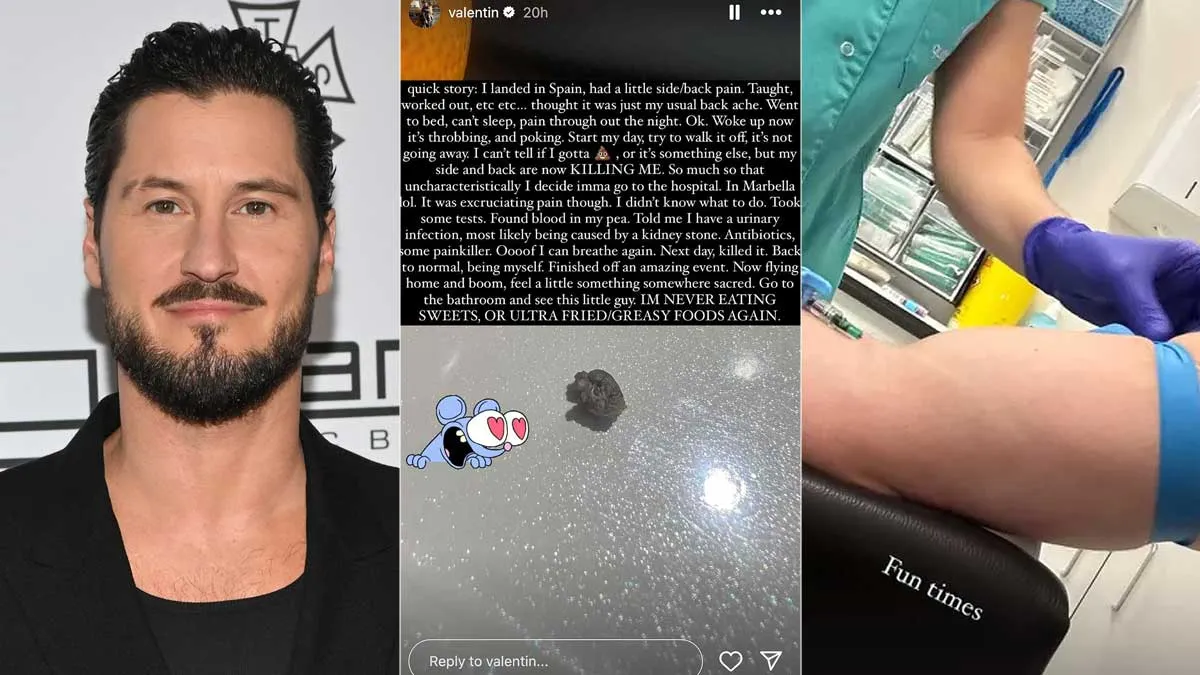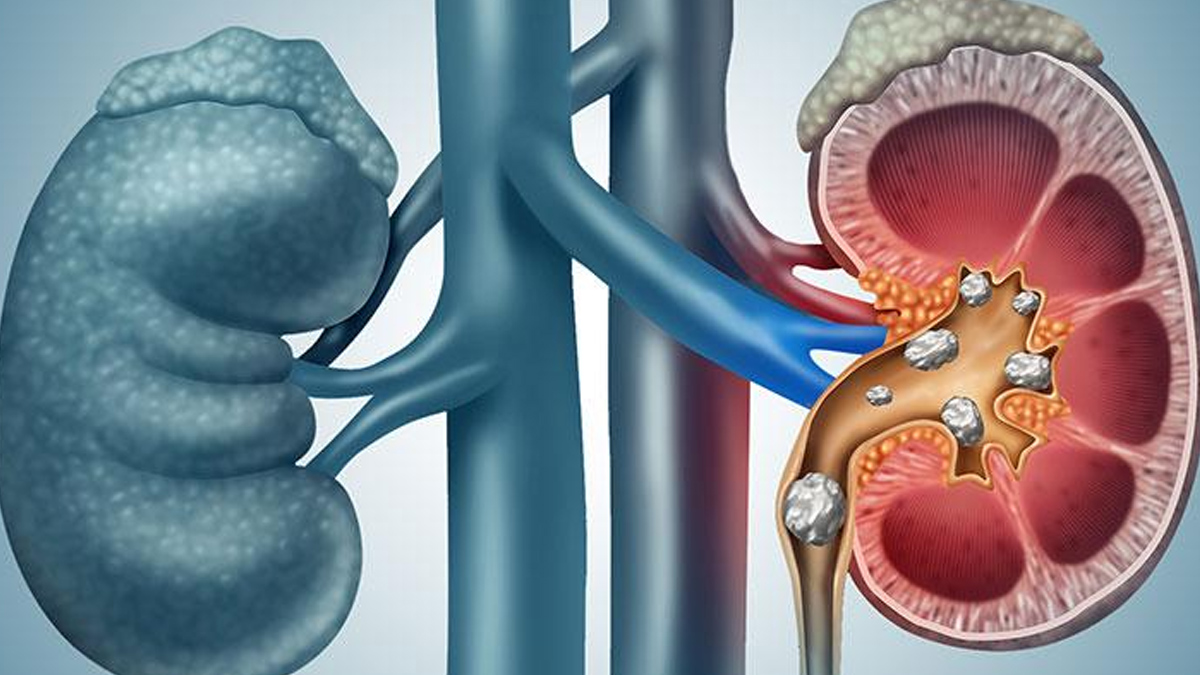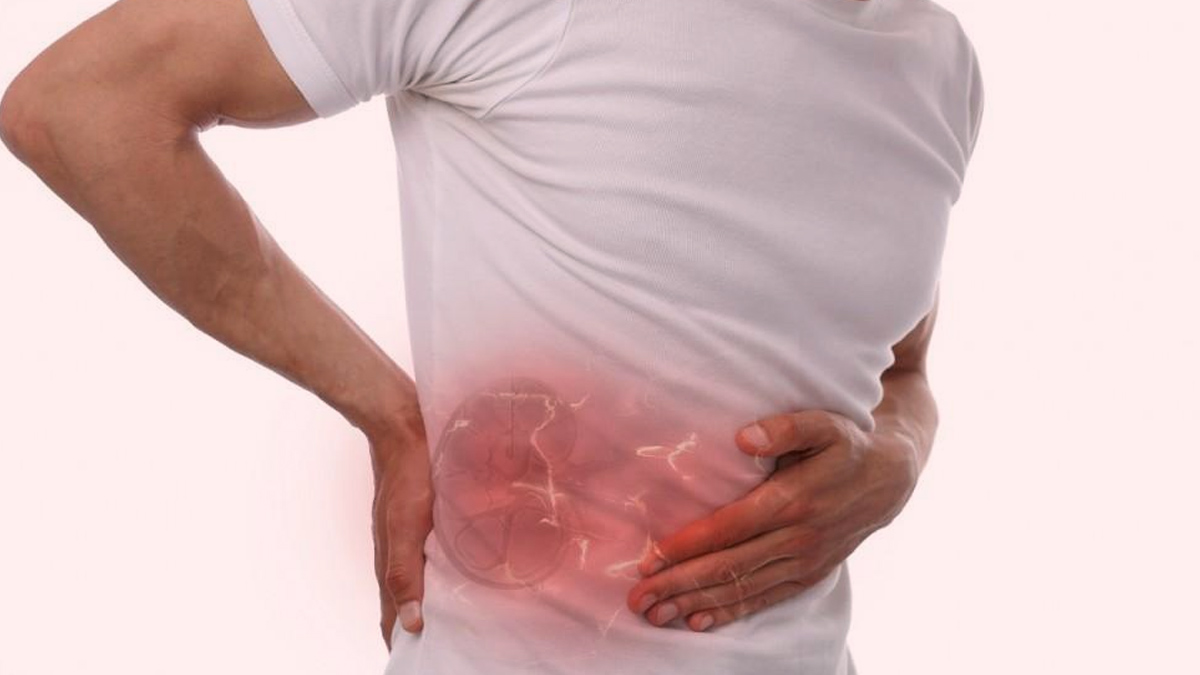
Imagine mid-air turbulence, cramped seats, and a kidney stone deciding to join the party? ‘Dancing with the Stars’ fame Val Chmerkovskiy recently faced this nightmare scenario, sharing his ‘wildly uncomfortable’ ordeal of passing a kidney stone during a flight. The dancer, known for his flawless moves, documented the experience on Instagram, joking about his newfound respect for “anyone who’s ever dealt with this.” His story, equal parts relatable and harrowing, sheds light on a common yet excruciating condition. Read ahead to know what kidney stones are, why they strike at the worst times, and how to tackle them (even at 30,000 feet).
Table of Content:-
“Worst Pain I’ve Ever Felt”, Says Val Chmerkovskiy During His Mid-Air Misery![val Chmerkovskiy kidney stone mid flight 4 (26)]()
Chmerkovskiy described the pain as “sharp, cramping, and relentless,” radiating from his back to his groin. Despite hydrating and trying to stay calm, he admitted feeling “completely helpless” as the stone travelled through his urinary tract. His Instagram post, which included a photo of his pained expression and a water bottle, resonated with thousands who’ve endured similar episodes. “I’ve danced through injuries, but this? Next level,” he wrote.
Is It Possible To Perform Surgery On A Flight To Remove A Kidney Stone?![kidney stone removal 1 - 2025-04-29T122455.279]()
Dr Jayanth DH, Consultant Urologist and Andrologist, Bangalore Hospitals, Bangalore, shares that performing surgery to remove a kidney stone during a flight is not feasible under standard medical guidelines. Kidney stone removal typically requires either endoscopic procedures (like ureteroscopy), shockwave lithotripsy, or surgical intervention (e.g., percutaneous nephrolithotomy), all of which demand a sterile surgical environment, advanced imaging, anaesthesia, and post-operative care.
The expert shared that commercial aircraft are not equipped with the surgical tools, sterility protocols, or emergency support systems required for invasive procedures. Additionally, altitude-related pressure changes, limited space, and lack of surgical staff further compound the risks. In-flight medical assistance is limited to basic emergency care. In such cases, the patient must be stabilised until they can be transported to a properly equipped medical facility.
What Are The Factors That May Cause Problems?![kidney removal 2 - 2025-04-29T122456.920]()
Several critical factors would complicate or endanger any attempt to remove a kidney stone mid-flight. The expert shared a few of them.
- First, the lack of a sterile environment increases the risk of infection, which can rapidly become systemic.
- Second, performing surgery without real-time imaging (like fluoroscopy or ultrasound) impairs precision, risking damage to surrounding tissues.
- Third, there is no access to general anaesthesia, making pain control inadequate and surgical tolerance unsafe.
- Fourth, the cramped and pressurised cabin environment creates logistical and physiological complications, such as fluctuating oxygen levels, limited medical equipment, and turbulence.
- Finally, the absence of trained surgical staff and emergency backup services makes managing complications, like haemorrhage, sepsis, or renal injury, nearly impossible.
These combined factors make such an intervention extremely unsafe and medically unsound.
What Are The Harms It May Cause In The Future?![kidney removal harms 3 (96)]()
Dr Jayanth explains that if an unplanned or makeshift surgical attempt is made mid-flight, it may lead to serious long-term health consequences. Poorly executed stone removal can damage the ureter or kidney, resulting in chronic renal impairment or strictures. Introduction of bacteria into the urinary tract may cause persistent infections or even life-threatening sepsis. Inadequate bleeding control may lead to haemorrhage or hematoma formation.
Further, surgical trauma without imaging guidance increases the risk of injury to surrounding organs. Long-term complications may include reduced kidney function, chronic pain, urinary obstruction, or the need for corrective surgeries. Psychologically, such an emergency experience may also lead to post-traumatic stress. Therefore, surgical treatment for kidney stones must always be performed in a controlled hospital setting under professional supervision to ensure safety and favourable recovery outcomes.
ALSO READ: Eva Amurri’s Breast Reduction Journey: Why She Called It “Worth It” Despite Painful Recovery
Conclusion
Chmerkovskiy emphasised that while the pain is “unforgettable,” staying calm and hydrated helped him push through. However, kidney stones can affect people of all ages, from young children to older adults. Understanding the causes, like dehydration, diet, genetics, and health conditions, can help you take steps to prevent them. Staying well-hydrated and maintaining a healthy lifestyle are key to reducing your risk. If you experience symptoms, it is always advised to seek medical advice early to avoid complications.
Also watch this video
How we keep this article up to date:
We work with experts and keep a close eye on the latest in health and wellness. Whenever there is a new research or helpful information, we update our articles with accurate and useful advice.
Current Version
-1745917851771.jpg)


-1745917961631.jpg)